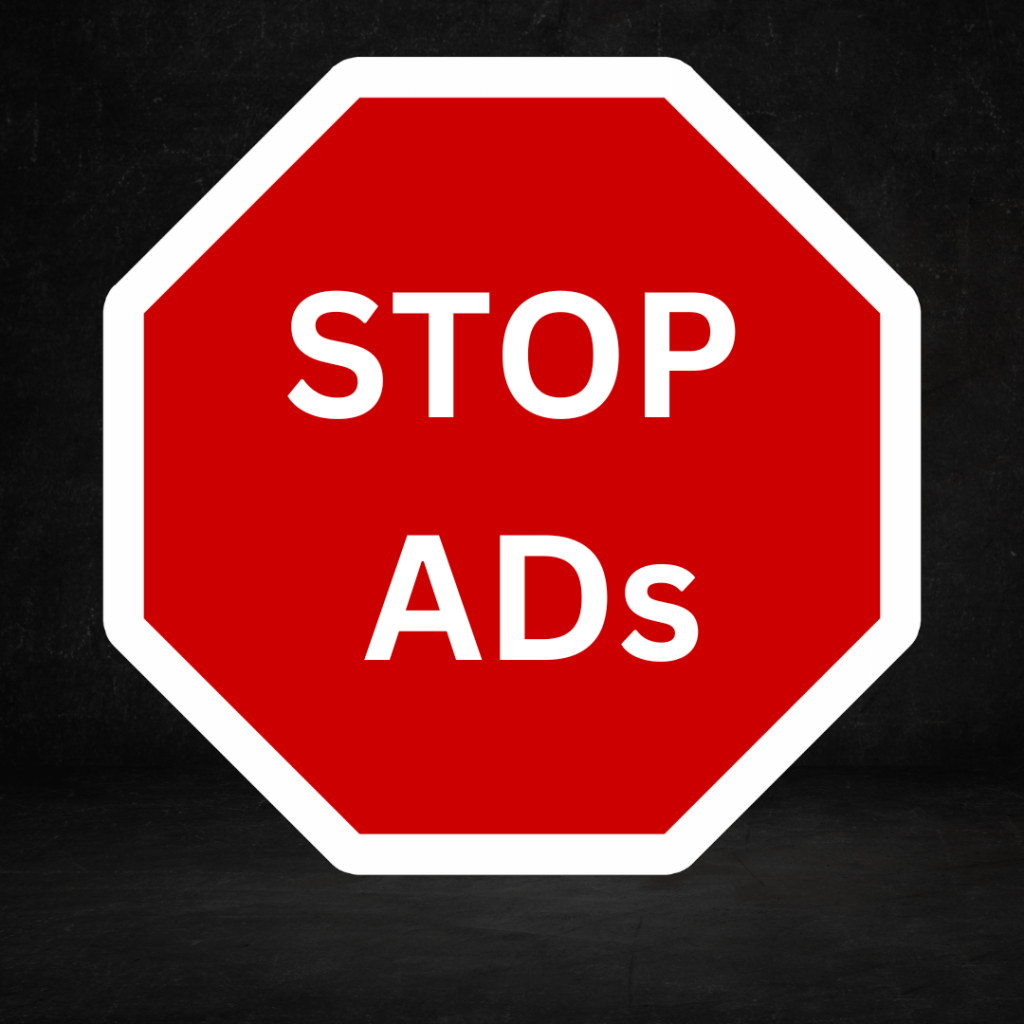
Households without internet service may be eligible for free or reduced cost internet access through a federal or state free internet program. Households earning 200% of the federal poverty line or participating in certain social programs (including SNAP, aka food stamps and Medicaid) are eligible for a \$30 monthly subsidy on internet service under the Affordable Connectivity Program. Here are some of the best free internet programs to get you connected.
1. Lifeline
If you live in a low-income household, there are multiple government assistance programs that can help you with internet service costs. One option is Lifeline, which offers \$9.25 off your internet or phone bill (or a bundled plan).
Another option is the Affordable Connectivity Program (ACP), which provides a \$30 monthly subsidy for broadband service and a device discount. Many internet providers participate in ACP, and some offer special broadband plans that allow you to receive the benefit with a lower cost than their regular plans.
You can apply for both Lifeline and ACP through the national verification system or with your provider. You can also find a mail-in application on the ACP website. The program is funded by Universal Service Fund (USF) contributions, which internet providers pass on to their subscribers as a line item on their bills.
2. SNAP
In addition to food stamp benefits, those who receive SNAP benefits could be eligible for free internet service through programs offered by telecommunications companies. Some of these programs, like the Affordable Connectivity Program (ACP), offer discounted or even free high-speed internet access for people who live on low incomes. In other cases, telecommunications providers offer special internet plans that can save low-income households money each month.
If you qualify for SNAP, you may also qualify for Lifeline. This program offers a discount on landline phones, wireless phone service, and bundled services. You can apply for Lifeline by submitting proof that you are receiving SNAP benefits and meeting other criteria. The requirements vary from state to state, but many include a documentation of your household income.
3. Affordable Connectivity Program
As the COVID-19 pandemic continues, it’s more important than ever to ensure everyone has access to online connectivity for work, school, healthcare and beyond. To that end, the federal government has established a long-term program to make broadband internet more affordable for eligible households.
This new program, which replaced the FCC’s Emergency Broadband Benefit Program, provides a discount of up to \$30 per month (or \$75/mo for households on Tribal Lands) towards internet service and equipment. Eligible households are also eligible for a one-time discount of up to \$100 towards a device like a laptop, desktop or tablet.
The program also requires that internet service providers offer standard labels, inspired by nutrition labeling, for download and upload speeds, monthly service costs, taxes and equipment charges. Talk to your provider to see if they participate in this new program and how you can get started.
4. T-Mobile
T-Mobile is giving away free internet to households through its affordable Connectivity Program. It's a \$10.7 billion initiative that gives low-income families access to wireless hotspots and devices. Schools apply to participate and share students' ZIP codes, then T-Mobile provides the devices and help with setup and tech support.
The company has also partnered with Assurance Wireless, which offers a free monthly phone plan that includes talk, text and mobile hotspot data to those receiving Lifeline assistance, SNAP food stamps, Medicaid, LIHEAP, Section 8 or other government benefits. This service is also available on T-Mobile's home internet plans.
T-Mobile's home internet isn't available everywhere, but it's worth checking to see if it's an option in your area. It's a solid alternative to cable and offers faster 5G connections.





